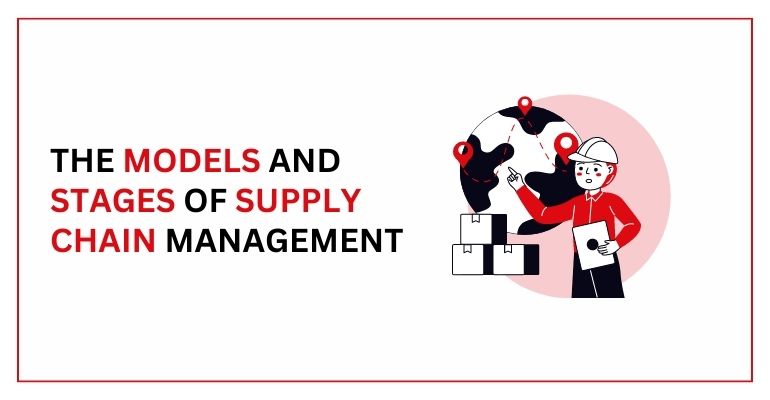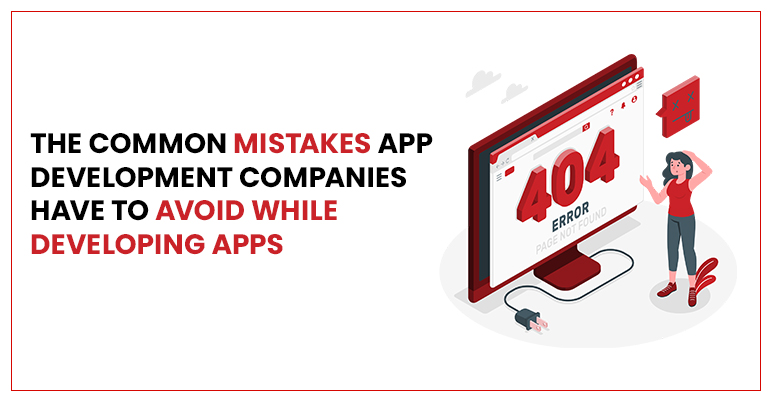THE MODELS AND STAGES OF SUPPLY CHAIN MANAGEMENT
April 12, 2023
Samantha Jones
Supply Chain Management
The management of the flow of resources like raw materials and products is Supply Chain Management. It enables moving the goods, services, and finances necessary for manufacturing and selling products. Apart from the logistics, it also focuses on the quality of the raw materials and deals with post-sales services like compensating and resolving return issues.
TechnBrains provides solutions for efficiency in supply chain management. There are different supply chain models, and we will explain them for better understanding. We will also look into the stages of the supply chain management process to adhere to the customer needs in a better way by employing the right tools.
MODELS OF SUPPLY CHAIN MANAGEMENT
A business’s best course of action is integrating with the vendors and suppliers. You can read the benefits here, according to the TechnBrains admin. The model selection involves determining the needs of your business, the type of products you provide, and the geographic location of customers and vendors. The following are the models for supply chain management:
1. CONTINUOUS FLOW
The model serves businesses that offer products with regular but longer use. It involves minor details in each stage of the supply chain process with occasional changes in the set-out plan. Products like toothbrushes, paper diaries, and hair combs are some examples. They usually have the same buying patterns over the year without any surge in demand.
2. FAST CHAIN
FMCGs cater to their customers daily and need faster procurement, production, and delivery mechanisms so it stays available. Products having constant demand use this model for the supply chain. Swift management is necessary as such products face intense competition.
3. AGILE
The agile model deals with products that have many variations and diverse customer demands. It allows for addressing the details in each stage of the supply chain to meet customer needs. Dell uses the agile model for custom orders and lets customers choose suitable components. The process calls for careful procurement, cautious assembly, and accurate delivery, so customers get what they need.
4. FLEXIBLE
Seasonal cycles and events cause periodic changes in demand, needing a flexible supply chain model. One example is Christmas and Easter products that see a sky-rocketing demand and fade afterward. Products like warm jackets and sunscreens need flexibility in production and delivery processes to cater to seasonal demands. Hiring additional resources during high demands is inevitable.
5. CUSTOM
Most fashion and high-tech products require rapid upgrades and improvements. Older products may lose relevance and demand over time. Designer dresses use materials like motifs and beadings. Likewise, tech products such as wearables and gaming consoles have rapid advancements. The custom model deals with all such products and allows frequent changes in vendors, production processes, etc.
Most of the solutions we find in the app and software market provide Continuous, Fast chain, and Agile models for supply chain management. If your company is following the Custom or Flexible model, we recommend a custom solution to cope with the changes in vendors, product components, and the location of customers. TechnBrains has the expertise to develop the right solution for your supply chain.
STAGES IN SUPPLY CHAIN MANAGEMENT PROCESS
1. PLANNING
An efficient supply chain strategy formulates in the planning stage. It involves necessary planning relative to each stage to set guidelines. Planning the resourcing, manufacturing, and delivering mechanisms allows you to manage the supply chain. Write-ups with details regarding each step are vital as you will review your plan each time you get stuck in policy matters.
2. SOURCING
Procuring quality raw materials is essential for a business and involves multiple checks. Comparison in quotations lets you choose a suitable vendor to assist your business. The sourcing process also entails warehousing and transportation systems while minimizing costs at each level without impacting quality.
3. MANUFACTURING
It is necessary to think of production as a transformation process that adds value to raw materials to enhance the consumer experience. Supply chain services aid in resourcing materials during manufacturing. It also deals with the stock levels of raw materials and final goods to align them with the demand. Quality assurance for final goods is as important as the raw materials.
4. DELIVERY
Different systems help move the products to client destinations. Delivering involves using traditional channels of transport and modern means of tracking and payments. Supply chain management deals with all delivery tasks for improvements in the overall process. Choosing the proper channels and timely product delivery can help build profitable customer relationships.
5. RETURN
The post-sale services are an integral part of any business. Managing and compensating returns is a practice that enhances the trust level of consumers. It is also very professional to deal with the complaints in product and its delivery and eliminate the causes of such problems. Improvement helps a brand reach the highest levels of customer loyalty.
CONCLUSION
Selecting a suitable management model accelerates growth in many ways. Modern business practices require a customer-centric approach in every business area. The Just-in-time and assemble-on-demand methods help you improve your supply chain by optimizing time and resource usage. Improving the tasks in each supply chain stage will help achieve excellence.
It is necessary to evaluate the supply chain management process on the basis of the following criteria:
- Measuring Efficiency
- Quality Assurance
- Cost Reduction
- Resource Optimization
- Customer Satisfaction





